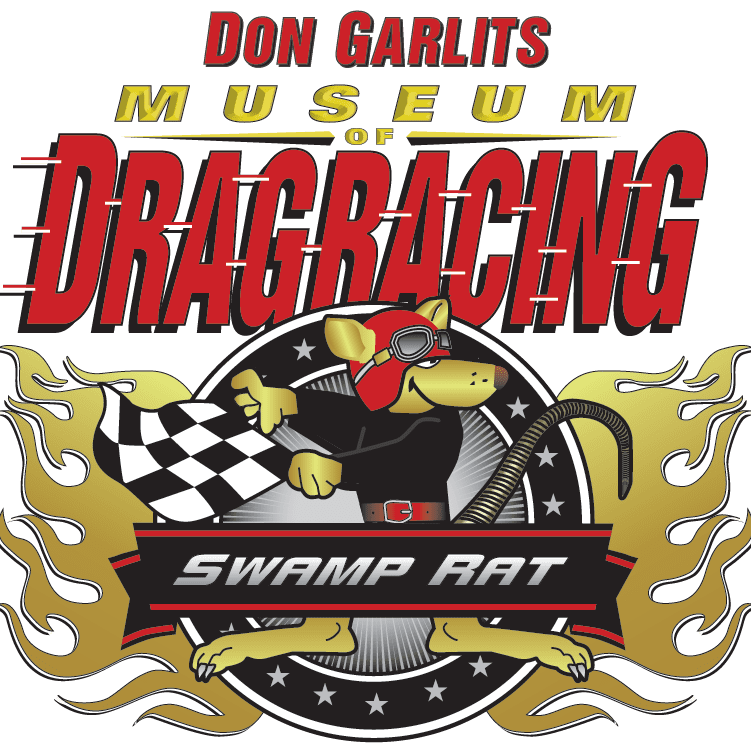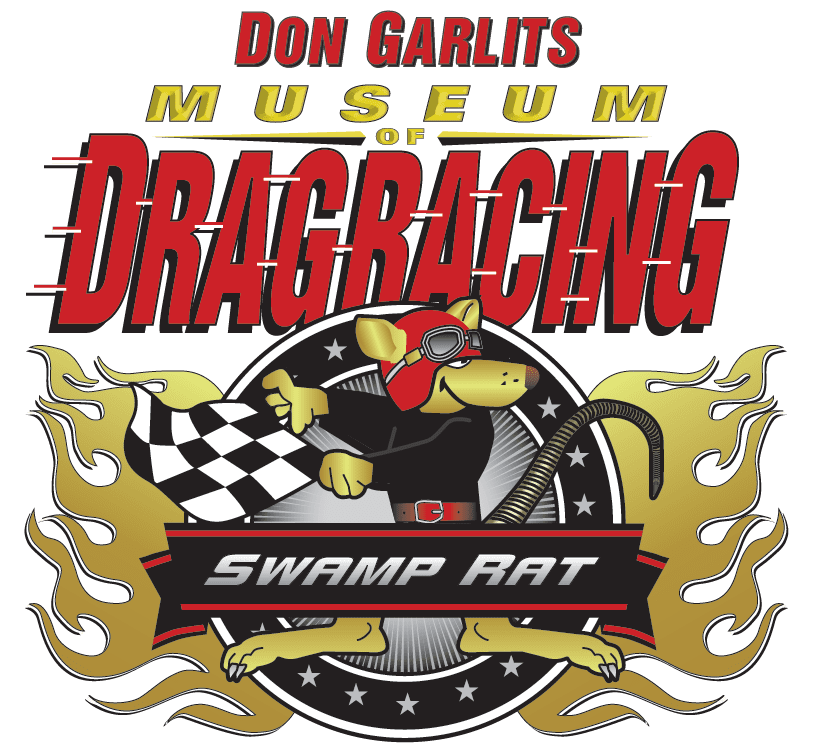2009
Event Sponsor ACES Held on Thursday 12, 2009 Hilton University of Florida Conference Center,
Gainesville, Florida.
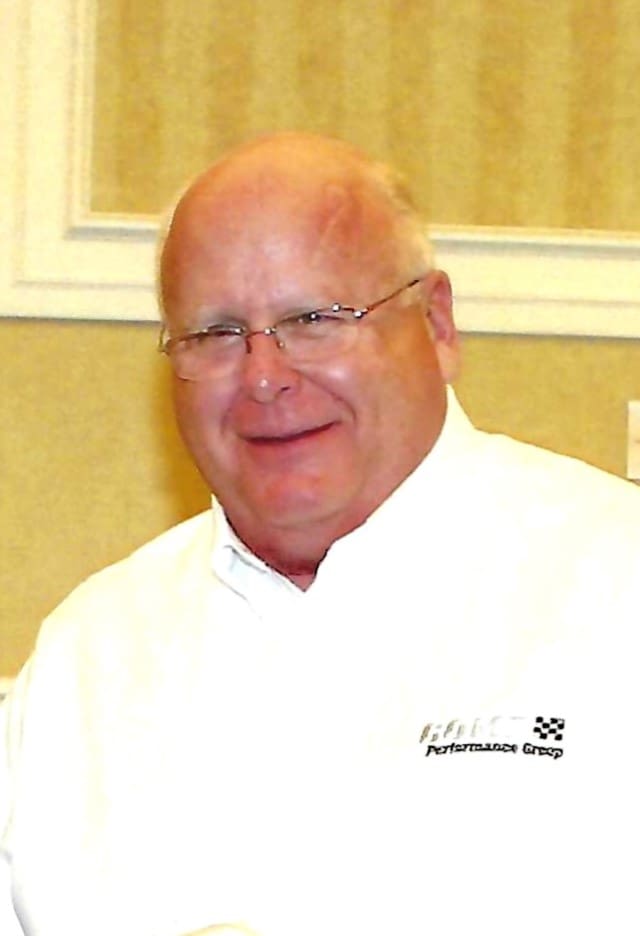
Paul “Scooter” Brothers
Founder’s Award
Paul “Scooter” Brothers started his career in the automotive world at the ripe age of 14 as a mechanic for a Rambler dealership. After that he moved over to the same job at a Chevrolet dealership where he stayed until a stint in the military service. After his discharge, Scooter went to work for Memphis Tennessee based Racing Head Service. When RHS became part of Competition Cams and later Comp Performance Group, Scooter went with it.
While he hasn’t put together an impressive history as a racer. Without his efforts behind the scenes a lot of racers would not have been able to do what they have. As both a co-owner and Director of Research and Development for Comp Performance Group, Scooter is the person responsible for most of the performance parts produced and marketed by Comp Performance Group. Always on the lookout for new potential products Scooter stayed in touch with a large number of racing teams from drag racing to oval tracks and even boat racing to hear what they needed and/or want to improve the performance of their vehicles. Scooter spent countless hours designing these new products, then producing them and finally writing them on the dyno to make sure they really worked.
Scooter hasn’t limited his industry efforts to just the development and production of these performance parts, he served three terms on the SEMA Board of Directors and also its Technology Task Force where he had been instrumental in helping the association slow and even stop government-backed legislation that would adversely affect both the street performance and the racing world. In 2002, he was honored as the SEMA Person of the Year and in 2005 he was inducted into the SEMA Hall of Fame. He was a charter member of the SAE Motorsports Council, and was on the Board of Directors of the National Engine Parts Manufacturers Association. Scooter was very involved with NHRA, NASCAR, and several other sinking bodies to help keep the industry and sport strong and viable. In addition to all of his activities Scooter was very involved in several universities in helping to develop a curriculum that would properly educate their students regarding the performance industry.
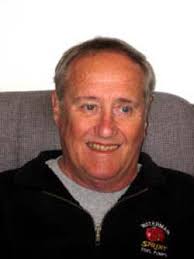
Sid Waterman
Sid launched his racing career on opening day in 1959 at the Fremont Dragstrip in Northern California. He drove his 1955 MG powered by a small block Chevrolet. Shortly thereafter, Sid became a crewmember for the legendary Masters & Richter top fuel dragster. In 1960, Sid built and drove his own top fuel car. He quickly realized that he really preferred building and tuning the cars, and leaving the driving to others. After moving to Southern California in 1961, he turned the driving chores over to Ronnie Goodsell. Waterman and Goodsell considered themselves to be “West Coast” racers, and collected more than their fair share of wins. Sid’s next driver was Ronnie Martin who unfortunately crashed the car in 1964 and wound up with a broken leg. As soon as the car was rebuilt, Sid put Ronnie Hampshire in the driver seat, where he remained for the duration.
Sid was working with Mickey Thompson in 1967, and trying to campaign his dragster as often as possible. It was shortly after the 1967 Bakersfield Smokers March Meet that SId was offered, with Mickey’s blessing, the opportunity to buy out a complete engine shop that was sitting idle at the time. Sid jumped on the opportunity, immediately retiring from active competition, and Waterman Racing Engines opened its doors.
Over the next few years, Sid’s shop turned out engines and components for numerous champions such as Don Garlits, Shirley Muldowney, Bob Glidden, and a host of others. Sid ultimately developed his own brand of aluminum connecting rods, as well as his own line of superchargers for hard-core racers. It was during his engine building years that Sid realized the tremendous need the racing world had for really high-quality fuel pumps and fuel system components. In 1979, Sid in his always supportive wife, Judy, sold the engine building portion of the business, moved back to his native Northern California, and set up a new shop dedicated to development and production of state-of-the-art fuel pumps, and related fuel delivery systems products.
The first commercial fuel pumps design and built by Sid were delivered in September 1982; one to Billy Meyer and one to Gary back. Both cars set new elapsed time records at Baylands Raceway that very same weekend. Over the years, Sid has developed new port nozzle designs, fuel safety shutoff valves, improved fuel cells for NASCAR and a multitude of other products that have provided extra power and safety for racers. His efforts have not been confined to just drag racing either, as he earned a strong reputation in all forms of circle track racing including world of outlaw sprint cars, NASCAR stock cars, IRL Indy cars, USAC champ cars, sprint cars, midgets, and many other forms of racing. He’s readily acknowledged as being the leading fuel system manufacturer in the business.
Even while keeping a close eye on his fuel component business, for many years Sid found the time to work as a color commentator at NHRA national events, sharing many interesting insights with spectators and viewers. In 1975 Sid received the Car Craft Magazine All-Star Drag Racing Team Engine Builder of the Year Award, and in 1984 he received Car Craft Magazine’s first All-Star Drag Racing Team Special Manufacturers Award for fuel pump development. That was followed in 1986 with yet another special manufacturer’s award for his supercharger burst panel. In 2004 Sid was honored, this time by USAC, when he was presented with the prestigious CNA Jack O’Neill Award for his significant contributions to auto racing safety. Today Sid divides his work time between his shop in Gualala, California, and his satellite shops in Indianapolis, Indiana and Concorde, North Carolina. He continues develop products that provide racers increased power, while always keeping safety foremost in mind.
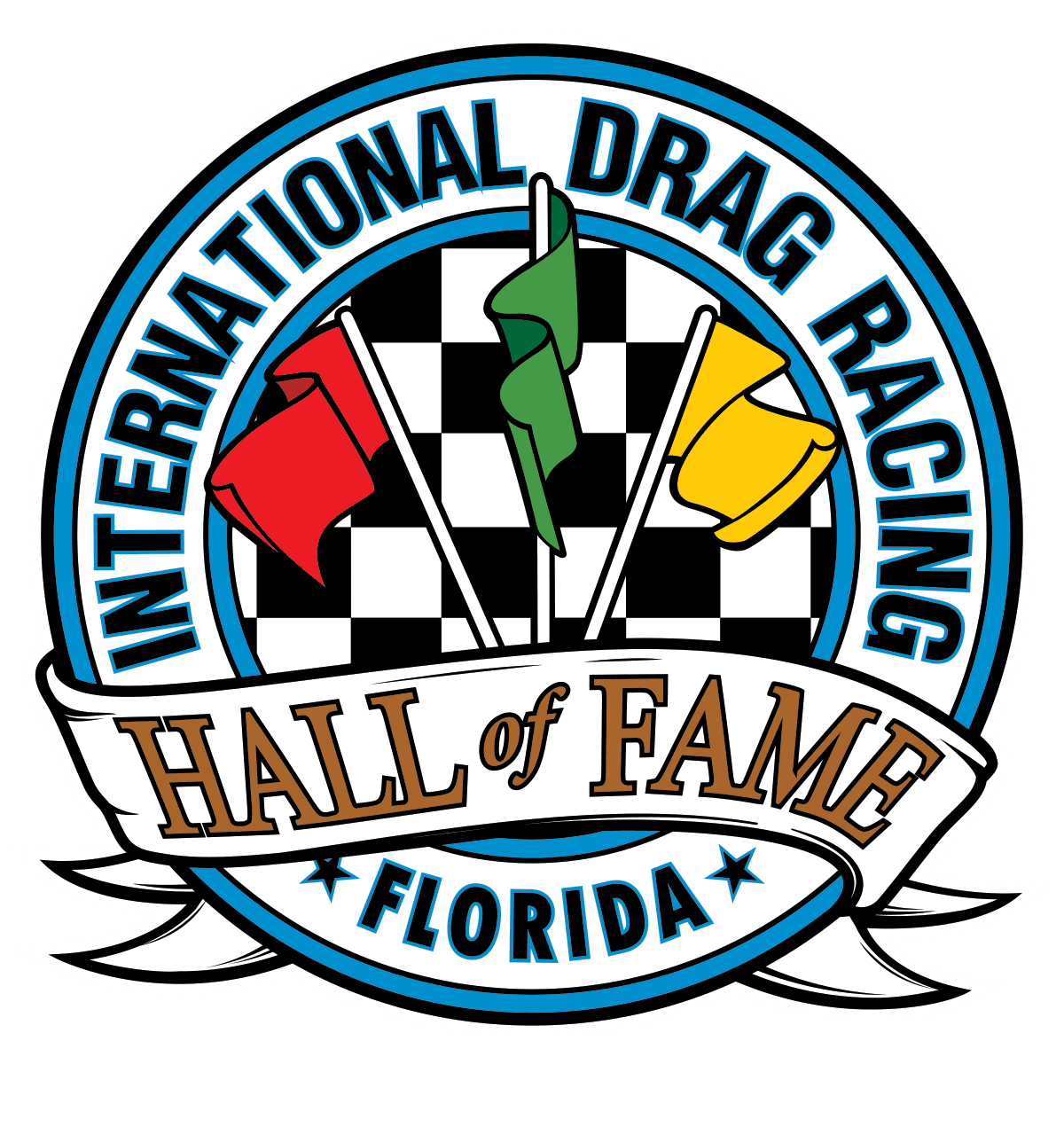
Fritz Voigt 1924-2014
When you read the story of Fred “Fritz” Voigt’s involvement in racing, it sounds a lot like many of his competitors. Fritz grew up in Vernon California with neighbors that would soon become household names, the Drake family Louis Meyer who developed the infamous Myron Drake engines and the Novi engine. Another big influence on his life was another business located not far from his home, Bell Auto Parts where he would hang out and learn about the sport. After the usual teenage street activities Fritz began participating at the dry Lakes and Bonneville, first in a 1932 Ford Roadster powered by a “big” flathead and later with a Chrysler powered Model T pickup. After these vehicles, he paired off with another well-known racer, Leland Kolb and the two of them campaigned a series of different cars.
As soon as drag racing became organized, he put together a gas dragster and started competing at Santa Ana and later Long Beach. At the first NHRA Nationals runoffs in Perryville, Arizona, Fritz was competing with the gas dragster but still managed to become a runner-up to Calvin Rice who was competing in a fuel dragster with both cars stopping the clocks with identical ET’s of 10.30.
Shortly after that he started working with Mickey Thompson where his first job was to help convert Manuel Coelho’s twin engine dragster into Mickey’s first twin Chrysler streamliner dragster. Upon completion of the twin engine dragster they headed to Oklahoma City for the 1958 NHRA Nationals but managed a side trip to Bonneville where they turned in a speed of 294 MPH. After that trip Fritz became the man who was responsible for building and tuning all of Mickey’s engines. Fritz built all of the two cylinder, four-cylinder, and eight-cylinder Pontiac engines Mickey used in his FIA and drag racing efforts along with the engines used in Challenger 1. He built and tuned the hemi Pontiac powered dragster that Jack Chrisman drove to the 1962 Nationals win and along the way even put together some powerplants for Ed Roth’s show cars.
In 1946 Fritz opened his own garage in Maywood California building and repairing just about anything that came through the door. Even during his stint with Mickey, Fritz kept the doors to his shop open. The doors remained open even after Fritz his retirement.
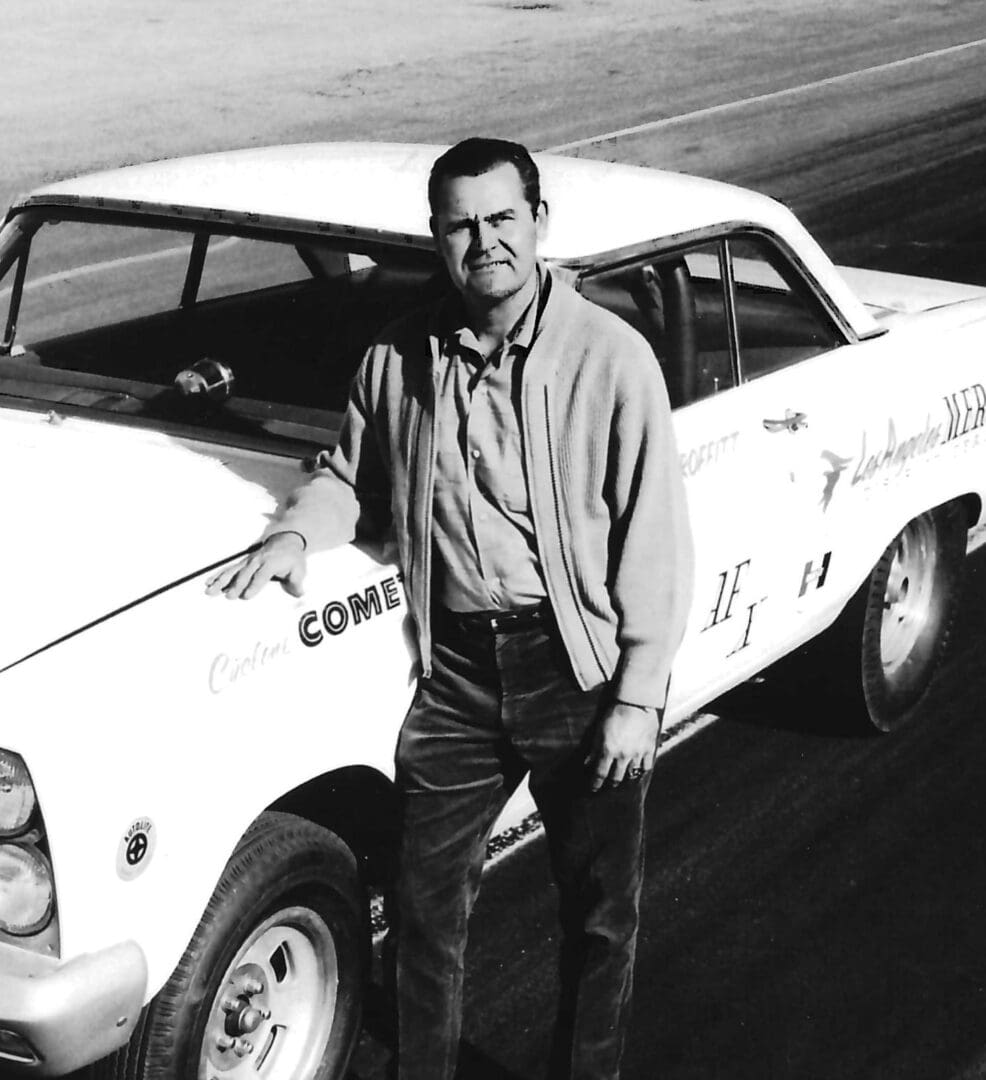
Hayden Proffitt
Hayden Proffitt started his racing career at the age of 20 by winning the Texas State Championship in oval track racing but in 1952 he moved to California and into the drag racing world under the direction of CJ Hart at Santa Ana Dragstrip at the wheel of a stock Chevrolet. By 1958 he had won races and set records with a 1955 Delray and a Corvette and formed a group called the “Proffitteers” that competed with five Chevrolets. Not satisfied with the performance of the stock vehicles, he built a B/Gas, 1937 Chevy coupe powered by an injected McCullough blown Chevy that ran consistent 12 second ET’s.
In 1959 he moved into the dragster classes with a supercharged Chevy powered B/Dragster setting top speed records in both NHRA and AHRA competition and garnering the attention of Mickey Thompson. 1960 saw Hayden join the Mickey Thompson Pontiac racing team and in 1961 he won three different classes at the NHRA Winternationals in Pomona California. In 1962 he won an unprecedented four classes at the Pomona Winternationals after which he decided to go back to owning his own team and built a 409 Chevy Bel Air with which he captured that year’s National Stock Eliminator Championship. On his way to winning the stock eliminator championship, Hayden won the Detroit World Championship event, the Half Moon Bay Championship event, and the NHRA Indy Nationals where he outran the Ramchargers in the final race.
Heating continued his winning ways in a Chevy in 1963 until Chevrolet chose to drop out of racing so he raced a Plymouth for a couple of years and in 1965 he switched again, this time to a SOHC 427 Mercury Comet. Moving up in class again in 1966, Hayden competed in a Chevy powered Corvair funny car. With the Corvair, Hayden won an outstanding 90% of the races he ran and took home eight state championships. After the Corvair, Hayden took on the job of helping AMC carve a place in drag racing then in 1970 he turned his efforts to building engines for drag cars and boats.
Hidden returned to the dragstrip in 1977 in the USA 1 Rocket 1 dragster. Like his past efforts, Hayden wasted no time in pushing the USA Rocket 1 to new records accumulating a total of 15 state land speed records and 25 track records in the US and Canada while recording a best ET of 4.35 seconds and a top speed of 348 MPH. In 1980 Hayden added a second car to the team, this one a J-34 powered jet dragster and continued touring with his son, Brad, for several seasons before finally deciding after 35 years it was time to retire.
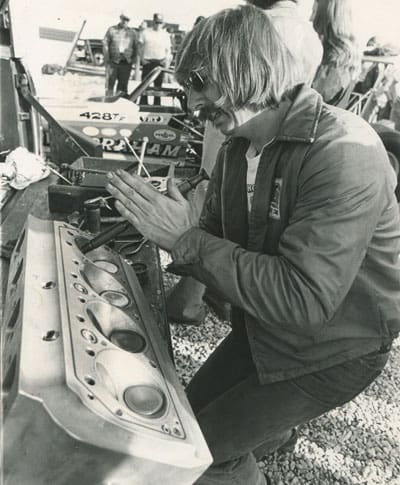
Marvin Graham
Marvin “Who” Graham started racing while in high school, competing against other high schools with cars built in their auto shops. Starting with a 1950 Ford, Marvin soon moved into a 1953 Ford custom powered by a 1955 Buick engine followed next with another Ford, this time a 1958 with a 430 cubic inch Lincoln engine. His first dragster efforts were in a 289 Ford power chassis and a set of injectors he and his partner Leon Groom made themselves. The duo followed the injected car with a blown 392 Chrysler powered top gas dragster they successfully campaigned throughout Oklahoma, Kansas, and Texas. In a “dare to be different” mode the pair built a twin 289 Ford engine powered top fuel dragster but have admitted it broke as often as it ran.
In the early 1970s Marvin moved to a more conventional front motor dragster with a 392 Chrysler for power. Later he drove Bob Dumont’s front engine AA/FD followed by a new rear engine car. In 1973 Leon decided to sell Marvin his share of the team and Marvin set out on his own debuting the car at the IHRA All American event in Bristol Tennessee where he was runner-up. Due to his commitment of running his television repair business, he was participating on a strictly part-time basis and with his racing career limited to competing “locally” in Texas, Oklahoma, Kansas, and occasionally Louisiana he was virtually unknown when he entered the national scene in 1974. Marvin switch to a Donovan powerplant in 1973 and with the help of his pal Mike Kuhl, Marvin was able to start running very strong. His first NHRA national event was in 1973 at Englishtown New Jersey where he promptly qualified his car. Even though with Kuhl’s help the car was running strong, Marvin still had to be coaxed into participating at the NHRA US Nationals in Indy that year by his friends/competitors Carl Olsen and Mike Kuhl. The two went so far as to carry the engine parts Marvin needed from California to Tulsa on their way to Indy, made sure the engine was built in time for Marvin to get to Indy. As a result of this Marvin was able to notch his first-ever national event win. Later that year he won the AHRA World Finals and decided to go full-time racing. 1975 was a very good year for Marvin; he won the AHRA Winternationals in Phoenix, the NHRA Springnationals in Columbus, was runner-up at the Seattle NHRA Fallnationals, and was third in the championship driver standings.
Marvin was runner-up at the NHRA Cajun Nationals and defended his PDA title in 1976 but after making some serious engine changes, he ran into a dry spell. Marvin’s luck turned around in 1980 and he set a new ET record at 5.68 seconds, while on his way to winning the Brainerd Minnesota Championship event, the Grand Nationals Champion event, becoming the Division 6 Top Fuel Champion, and placing fourth and in NHRA drivers’ points race. 1981 was also very good year for Marvin during which he won the Grand Nationals Championship event, the IHRA Pro-Am Nationals, the IHRA season final race, the Bowling Green points race, the Medford Oregon points race, was the runner-up at the NHRA Pomona Winternationals, and finished fourth in the NHRA driver point standings.
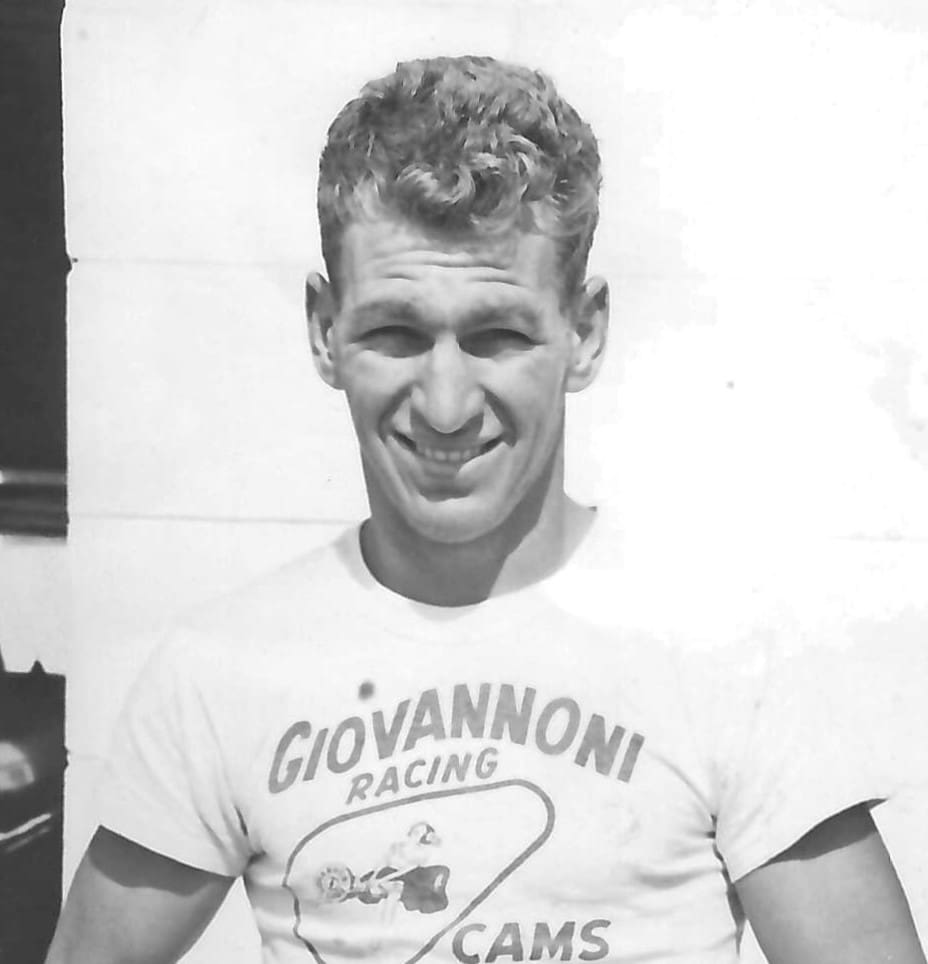
Ed Garlits
Ed Garlits entered the world as a “blue” baby which may be the reason he has been successful in the racing world because he learned to be a fighter early on. Ed didn’t get started racing until after he was discharged from the Marine Corps in 1952 but jumped into the competition world that year in a Buick nail head powered 1932 cutdown Ford roadster. That ride lasted for short time but wanted to go faster, Ed moved the Buick engine from the roadster and installed it in a C/gas dragster that he and his brother Don put together at Don’s garage in Tampa and Kristin the “Banana”. The Banana’s first outing was a little track outside Miami Florida where he promptly won the Florida State championship event.
Always looking to go quicker and faster, in 1957 the duo built a new stronger chassis that was dubbed Swamp Rat Too A that was powered at different times by the Buick, and unblown Chrysler, an unblown small block Chevy, and finally a blown Chrysler. This was the first of a long line of Swamp Rat dragsters the brothers competed with. The next chassis they put together was to become Swamp Rat Too B and while Ed drove it to another Florida State Championship, they believed it was too heavy so it was sold and replaced with a Swamp Rat Too C. In 1961, driving Swamp Rat ”C” Ed won the AHRA National Gas Championship and was just edged out of overall top eliminator at the AHRA Green Valley event by a top fuel dragster.
About this time Ed had to choose between driving race cars and being married so he chose to sell the car and retired. The man who purchased the car, Bob Hamilton, went on to win the Green Valley event the very next year. During his hiatus from racing in 1959 through 1964, Ed took over running the garage in Tampa so brother Don could continue racing on a full-time basis and not have to worry about the “shop back home”. Unfortunately, even after quitting his driving career, Ed wound up divorced and while he didn’t resume driving, he did jump back into racing as crew chief for the Garlits Team in 1974. Ed was crew chief for the team through 1978 and the results of their efforts is now a part of drag racing history. In 1992 Ed return to racing world again as the clutch man for brother Don’s Mono-Wing cars and continued his involvement with the team for another three years before retiring from racing again. Mostly as a hobby, Ed did repair work for a few of his friends and spent most of his time catching up on fishing.
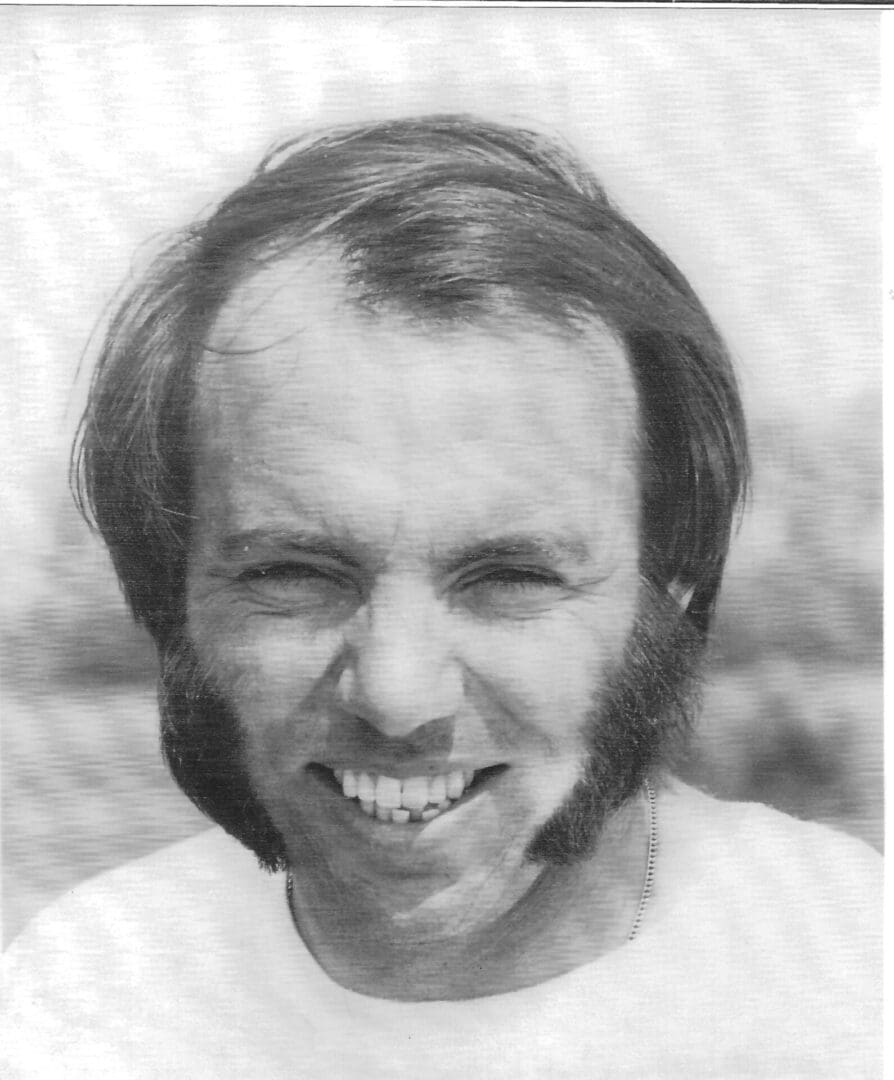
Steve Carbone
Steve Carbone was typical of most racer; he had a lifelong love affair with cars and racing, particularly drag racing. As a teenager in Downey California Steve started out as a spectator but before long was competing at the local track in his 1957 Corvette. Next, he competed in a C/Gas 1957 Chevrolet followed by him becoming a crew member on Dave McKenzie’s twin Chevy engine powered top gas dragster. In 1963 Steve accepted an offer from the Porsche Brothers to drive their top gas dragster making his first driving effort in a dragster at Lions Drag Strip.
In 1964 he teamed with chassis builder George Britting on what started out to be a JR fuel car but when the Porsche Brothers offered him there blown Chrysler it soon turned into a top fuel dragster. Steve estimated that between 1966 in 1967 he piloted around 26 different top fuel dragsters but it was in mid-1967 when he notched his first top fuel when driving Jon Bateman’s AA/FD at the Hot Rod Magazine meet at Riverside California. In 1968 Steve set a new track record on his way to winning the NHRA Pro Circuit Race in Amarillo Texas. In 1969 he won the NHRA World Finals in Larry Huff’s AA/FD and the same year one the AHRA World Finals and Bob Creitz AA/FD to become one of the few to win both events in the same year and probably the only one to do so in two different cars. In 1969 Steve also took home the NHRA World Championship crown, won the Popular Hot Rodding Magazine event at Martin Michigan, set top time at the AHRA Points Final in Tulsa and was runner-up to Larry Dixon at the Orange County International Raceway PDA event.
He toured Australia in Larry Huff’s AA/FD in 1970 posting an impressive win streak down under. It was at the 1971 US Nationals in Indianapolis that Steve, driving his own car, really entered his name into drag racing history books. This is the now famous race where he and Don Garlits entered into a staging dual that lasted for something like two minutes before leaving the starting line. Don spun the tires at the start and Steve crossed the finish line first recording what was his most memorable win. Steve continued to campaign his front motor AA/FD until 1972 when he won the AHRA Winternationals in Phoenix. Shortly after that, he debuted a new rear motor AA/FD but in 1973 he decided it was time to quit driving. Steve had moved to Tulsa in 1970 and in 1973 opened his Tulsa base Steve Carbone Racing Engines where he built engines for everything from hot rods to boats to sprint cars. In 2001 Zach Chappell was running engines built by Steve when he won that year’s American Sprint Car Series.
In 1968 Steve received the Faces in the Crowd award from Sports Illustrated Magazine, was director of the National Championship Racing Association in 1987, and in 1992 he purchased Port City Raceway. It should also be noted that Steve was the last person to win any NHRA national event in a front motor top fuel dragster when he won the 1969 World Championship and the last to do so at and AHRA national event when he won its 1972 Winternationals in Phoenix. Steve did return to the driver seat one more season when he entered the NHRA Cacklefest events in 2005 at both Bakersfield and Bowling Green in the restored Creitz & Donovan front motor dragster.
